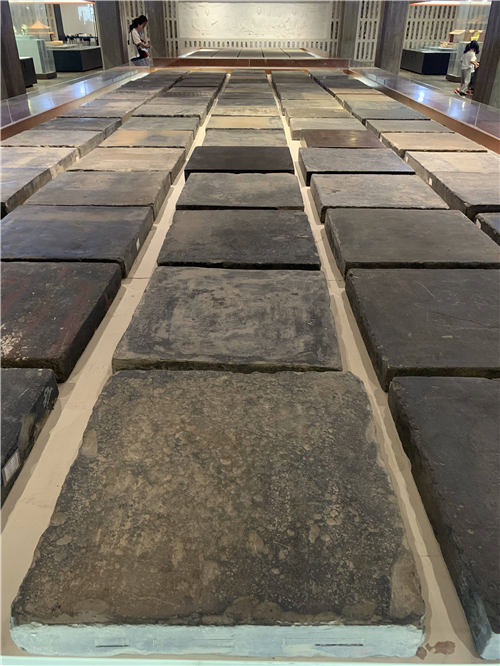Brick by brick


The making of an imperial brick required seven major processes. First a special clay was selected, and then the mud was refined and made into a mold, which was then dried in the shade and roasted. After being roasted in the kiln for more than four months, the mud stopped baking.
Water was then injected from the top of the kiln and turned into steam. The bricks and tiles in the kiln took a blue-gray color after cooling.
Jin's restoration of imperial bricks was included in China's first national intangible cultural heritage list in 2006. Jin and his daughter, Jin Jin, spent more than two years collecting materials to better inherit the craft.
They launched the remaking project in 2008, but the next seven years saw some failures.
At the end of 2015, the National Ceramics Quality Monitoring Center tested the team's restoration work and found it to be successful, saying, "Some specifications even surpassed the ancient imperial bricks."
In early 2016, the Palace Museum gave the father and daughter qualification certificates, and thereafter the imperial kiln that had been dormant for a long time reignited with green smoke.
At the beginning of 2018, Shan Jixiang, then-director of the Palace Museum, visited Suzhou and awarded them "the brand of the first official ancient building material base of the Forbidden City".
Jin Jin said in an earlier interview with China News Service she and her father hoped to continue the traditional folk craft, working with the UNESCO World Heritage Site.





































